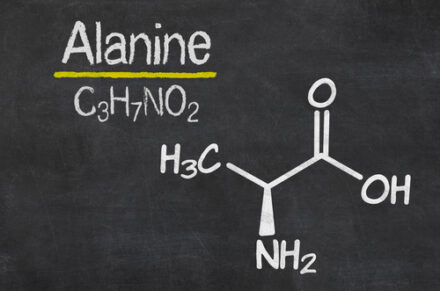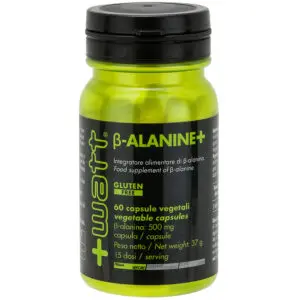All cells have physiological conditions that must be maintained to ensure they function properly, particularly regarding temperature, hydration, saline concentration and the pH. The pH in chemistry is the measurement of how many hydrogen ions (H+) a solution contains. A low pH solution (less than 7) contains many hydrogen ions and is called acid, while a high pH solution (greater than 7) contains few hydrogen ions and is defined as basic.
Of particular interest to athletes is that during physical activity – whether aerobic or anaerobic or mixed – there is an increased energy metabolism of the cell that leads to the creation of acidic substances such as lactic acid or pyruvic acid that tend to acidify the muscle. This slows down the use of glycogen by the muscle and inhibits the ability of muscle fibers to contract. In short, the accumulation of acidity inside the cell is one of the key factors responsible for muscle fatigue.
In this cellular context, numerous scientific studies have proven the efficacy of β-alanine, an amino acid contained in animal foods such as fish and meat, and naturally present in the skeletal muscle of our body, in delaying the appearance of muscle fatigue (Hobson et al, Amino Acids, 2012).
In fact, once β-alanine reaches the muscle cell from the bloodstream, it combines with another amino acid – histidine – forming a dipeptide known as carnosine (β-alanyl-L-histidine). Carnosine in turn is able to bind hydrogen ions and, by removing them from the cell, acts as a ‘buffer’, ie a substance capable of managing pH variations and keeping it constant.
An interesting fact is that just like with creatine, you can “load” muscles with carnosine. This is possible by supplementing β-alanine. Indeed, since in vivo synthesis of β-alanine proceeds relatively slowly, and histidine is already present in sufficient quantities in the muscle, it follows that β-alanine is the limiting precursor for carnosine synthesis (Naderi et al , J Exerc Nutr Biochem, 2016).
In a recent meta-analysis, which collected and analyzed the results of 18 different independent studies performed between 2006 and 2011, it was reported that β-alanine supplementation provided ergogenic benefits for high intensity exercise lasting from 60 to 240 seconds (Hobson et al, Amino Acids, 2012).
Ultimately, β-alanine therefore increases the ability to increase the overall workload by creating the ideal basis for a training aimed at gaining muscle mass, as well as in endurance sports, where muscle strength plays a key role in performance.
SIDE EFFECTS
For some people, Β-Alanine could have an effect on certain areas of the peripheral nervous system and may lead to a tingling sensation for a few minutes (phenomenon called ‘paraesthesia’) in certain areas of the body (lips, face, forearms). This effect is totally harmless.
+Watt Advice
Recommended use: the recommended intake is 1 g per day, on days when training is not provided, and 2 grams a day on days when there is a workout or a race, before the activity starts. These dosages allow optimum nutrient assimilation with visible benefits after 3-4 weeks. The oral intake of carnosine is not convenient because, once absorbed into the blood, it is totally hydrolysed (degraded) to β-alanine and L-histidine by an enzyme – serum carnosinase CN1 (Baguet et al , J Appl Physiol, 2009).




